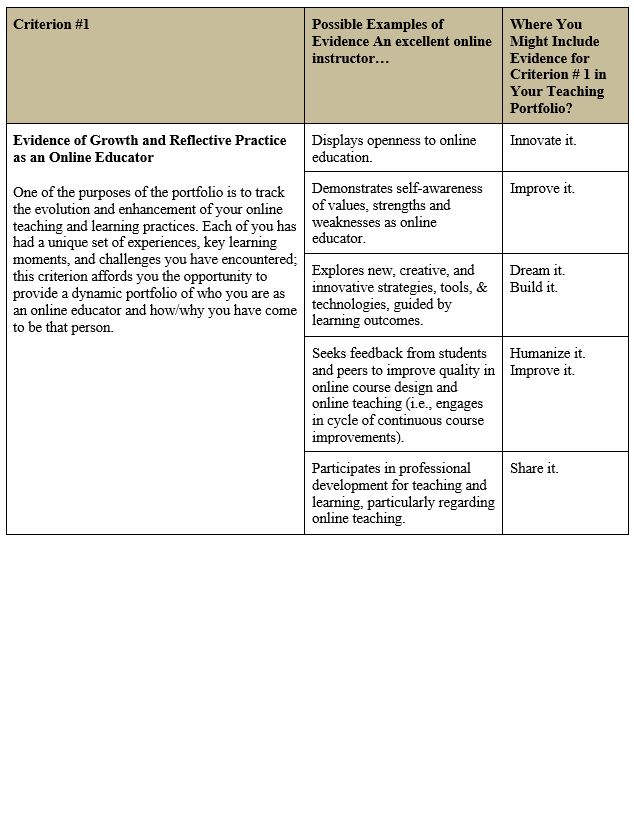Theresa Wills
Promoting student voice and choice, engagement, and active learning strategies in the synchronous online mathematics classroom
Innovate it.
George Mason University is a university for the world. I am fortunate and grateful to work at an institution that values innovation, as it has allowed me the academic freedom to research these synchronous online teaching strategies.
Dream it.
It all begins with an idea, and my idea was prompted after years of playing video games. As a gamer, I worked cooperatively with 50 other players to achieve difficult goals. We used norms for the chat box, microphone space, and even breakout rooms to organize the many players and objectives. We built a community of lifelong friends. If the video game community could do all this, why can’t educators? What can educators learn from the video game community?
Build it.
I began teaching synchronous online courses in 2010. Each year, I taught two sections of the same course, one in-person and one online to ensure that my teaching practices were not compromised in the online environment. It was important to me that I build an online learning experience that does not compromise the rich pedagogy that I brought to my in-person classes. My online classes are rich with student voice, student choice, engagement, and active learning.
Humanize It.
Humanizing online spaces starts with building strong communities. I start each class by showcasing my unique qualities, quirks, and challenges as I model to students how to connect and share their successes and struggles. cooperative and inclusive communities of learners who lean on each other in times of success and struggles.
Organize it.
Students need clear organization in both course materials and in-the-moment assignments. I ensure that my course is simple and accessible with predictable locations for assignment descriptions, rubrics, and submissions. Since my online classes are taught synchronously, I use collaborative google slides during instruction. Each class begins and end with useful and predictable organization of information. With the use of slide templates, students have a clear understanding of when to respond, how to respond, and where to respond. This organization leads to rich and inclusive discussions.
Communicate it.
Thoughtful communication provides students with clear expectations, predictable learner outcomes, and confidence as an online learner.
Manage it.
There are many behind the scenes things to think about as an online instructor. Managing a course includes purposeful attention to directions, implementation, time on a task, student engagement, and more.
Improve It.
Online courses are the perfect place to be able to view improvement semester to semester. Each new semester, I review the student-centered slides, full of their thinking, writing, and interactions, and determine how to improve them for the next implementation.
Share it.
In response to COVID, I shared my experiences in teaching online wide, far, and freely with educators across the globe. These teaching practices are now common nature in so many schools and universities.
All images and materials on this portfolio are ethically used and reproduced with respect to copywrite.














